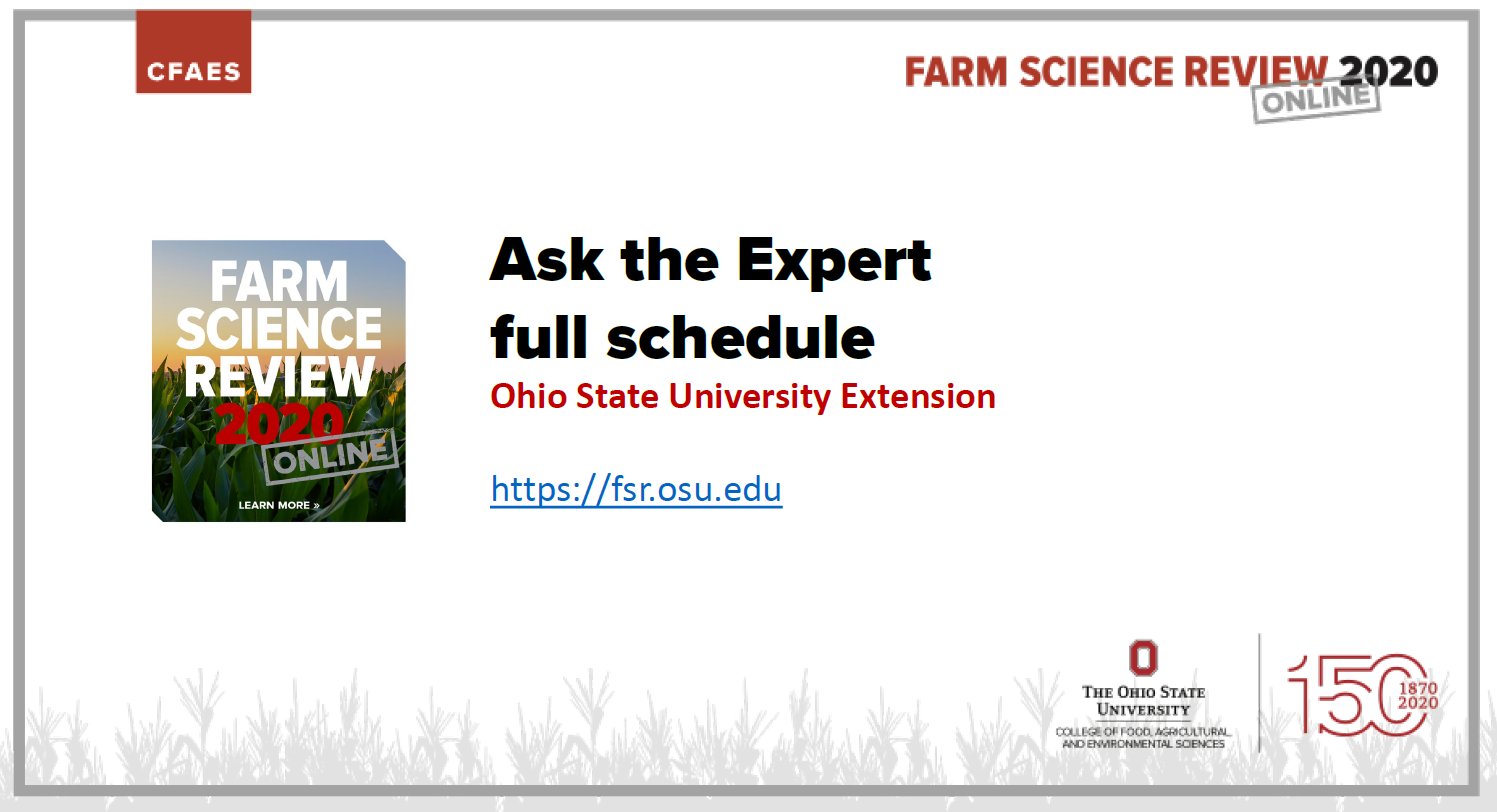Reports from the National Ag Statistics Service (NASS) for July 2020.
July 2020 Milk Production Report Ohio
July 2020 Milk Production Report published on August 20, 2020
Dairy herds in Ohio produced 475 million pounds of milk during July, up 4.4 percent from a year ago, according to Cheryl Turner, State Statistician of the USDA, NASS, Ohio Field Office. Production per cow in Ohio averaged 1,870 pounds for July, 50 pounds above July 2019. The dairy herd was estimated at 254,000 head for July, up 4,000 head from a year earlier.
Milk production in the 24 major States during July totaled 17.8 billion pounds, up 1.5 percent from July 2019. June revised production, at 17.5 billion pounds, was up 0.8 percent from June 2019. The June revision represented an increase of 59 million pounds or 0.3 percent from last month’s preliminary production estimate. Production per cow in the 24 major States averaged 2,016 pounds for July, 19 pounds above July 2019. The number of milk cows on farms in the 24 major States was 8.83 million head, 44,000 head more than July 2019, and 2,000 head more than June 2020.
July 2020 Ohio Agricultural Prices
Ohio July Agricultural Prices published on August 31, 2020
Prices Received by Ohio farmers for the full month of July 2020 are listed in the table in the link provided above.
Some Ohio highlights were: July corn, at $3.47 per bushel, decreased $0.07 from June and decreased $1.12 from last year; July soybeans, at $8.95 per bushel, increased $0.13 from last month and increased $0.30 from last year; July wheat, at $5.17 per bushel, increased $0.10 from June but decreased $0.04 from last year; July milk, at $18.70 per cwt., increased $1.80 from last month and increased $0.30 from last year.
The July Prices Received Index 2011 Base (Agricultural Production), at 87.4, decreased 2.0 percent from June and 4.3 percent from July 2019. At 90.0, the Crop Production Index was down 2.0 percent from last month but up 0.9 percent from the previous year. The Livestock Production Index, at 84.5, decreased 2.5 percent from June, and 9.8 percent from July last year. Producers received higher prices during July for milk, market eggs, potatoes, and corn but lower prices for cattle, broilers, hogs, and oranges. In addition to prices, the indexes are influenced by the volume change of the commodities producers market. In July, there was increased monthly movement for grapes, wheat, hay, and tomatoes and decreased marketing of milk, oranges, cattle, and strawberries.














